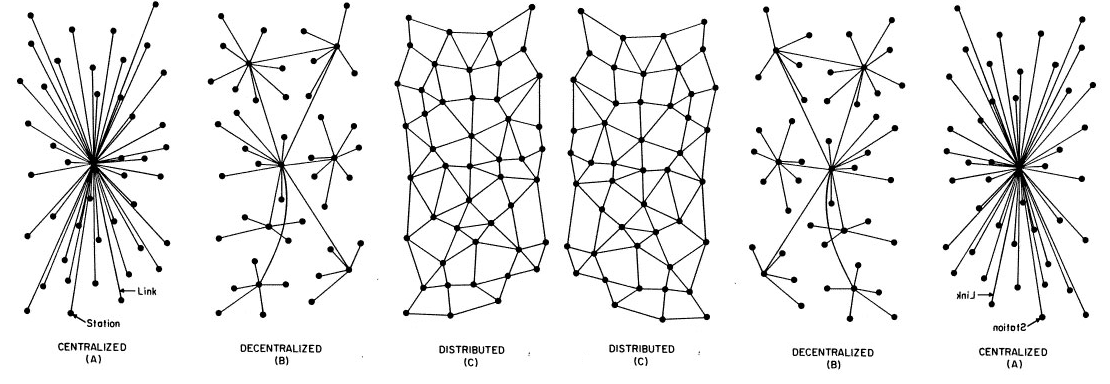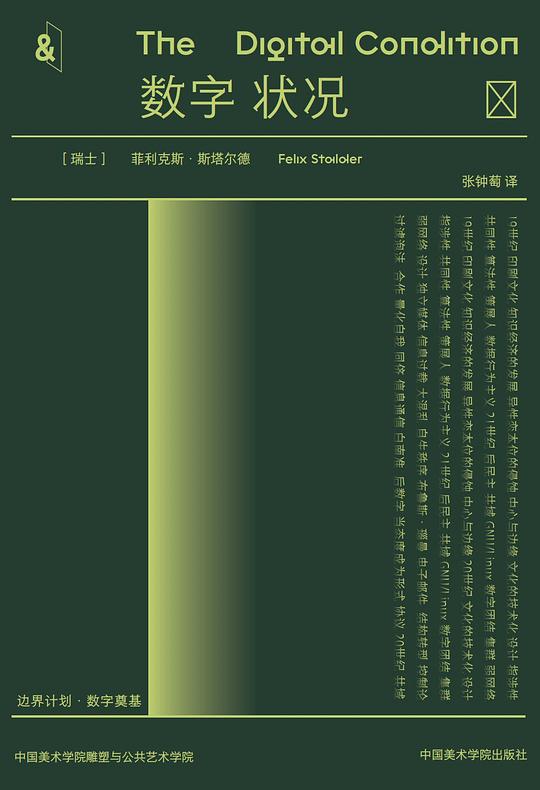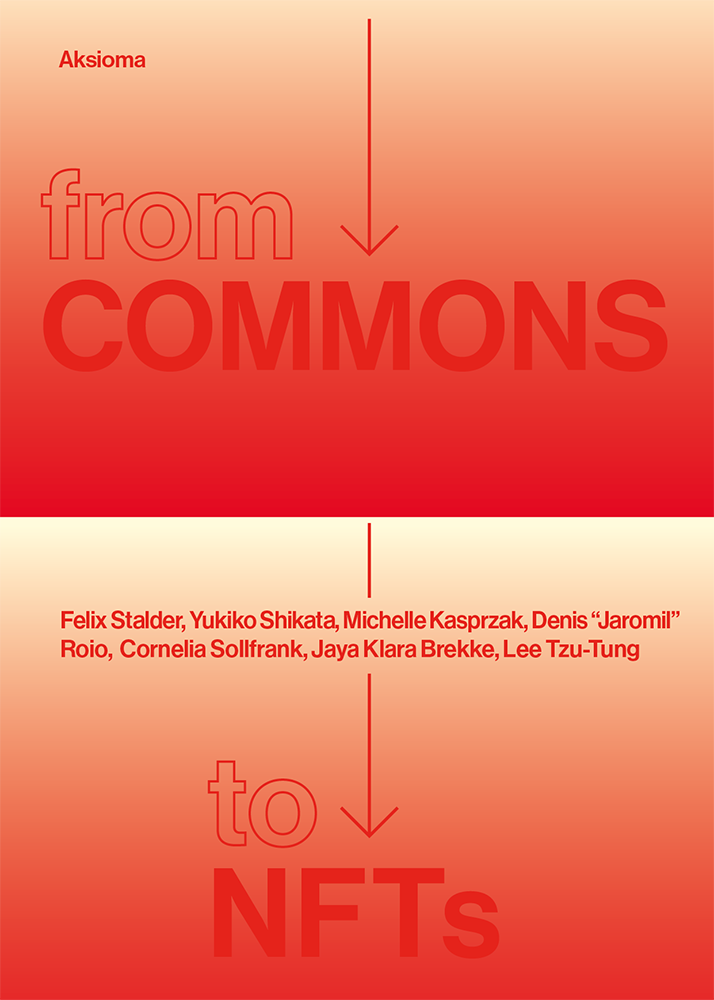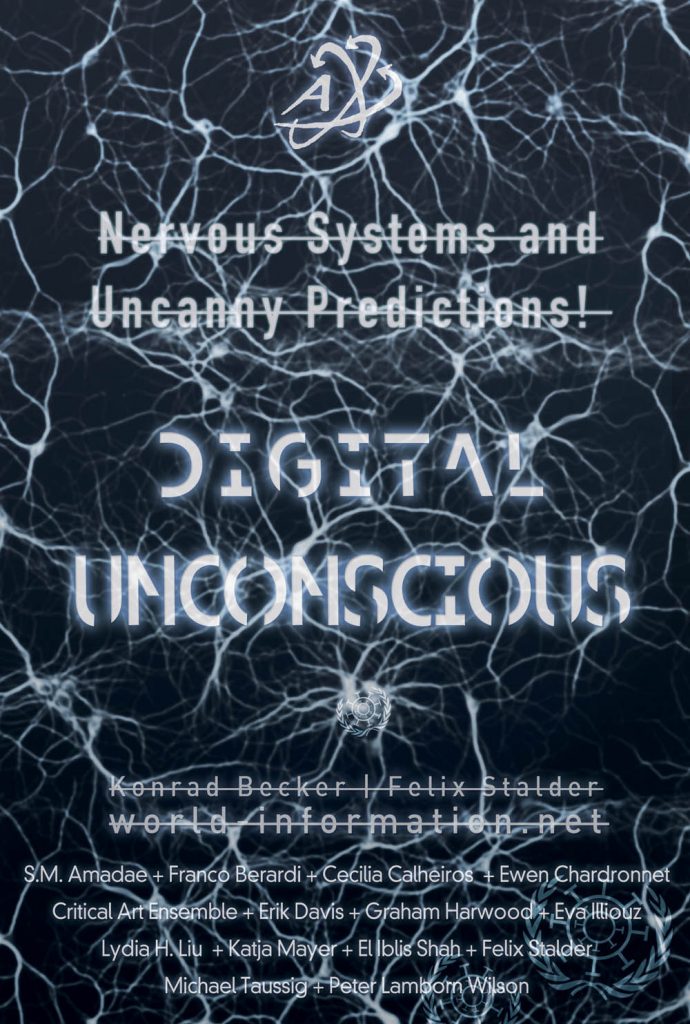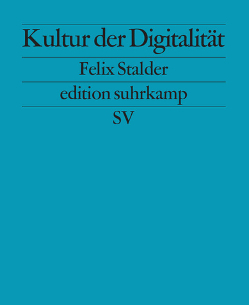This is the short (I know!) version of a paper, written for the "25 Years of Network Society" Workshop, organized by the Universitat Oberta de Catalunya.
href="https://doi.org/10.1177/000276422210927">Official Version published in American Behavioral Scientist, May 2022
I want to return to Castells’s analysis of the breakdown of Soviet statism. Today, the question of systemic breakdown is worth revisiting because from the theoretical structure of Castells’s account, a sharper perspective on our contemporary crisis, this time of liberal democracy, might be developed.
This might be counter-intuitive as the late Soviet Union seems far away from our current techno-capitalist world. One was a sclerotic system, closed, rigid, opaque and inflexible to the point of crumbling when attempting to reform itself, the other one prides itself of its transparency and its innovation capacity. Indeed, supposedly radical innovation, “disruption”, has become a ubiquitous and largely positive term in the business literature, a mantra in the popular, Silicon Valley-inspired discourse on the relation between technology and society, and a trope even in critical activist cultures. But underneath these obvious differences, there are systemic blockages that share certain similarities.
Limits to complexity: systemic blockages in the Soviet ‘statism’


